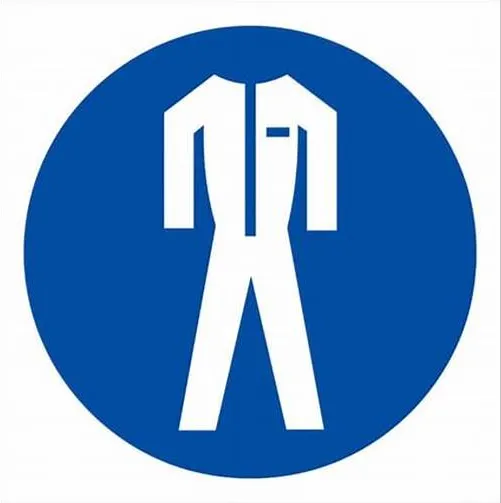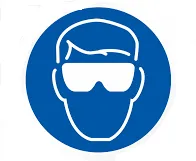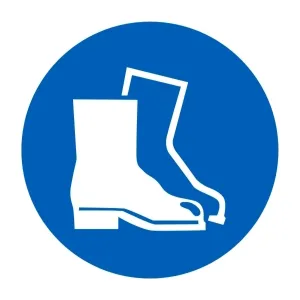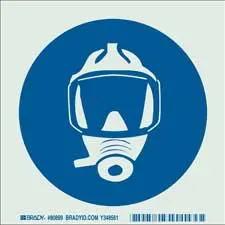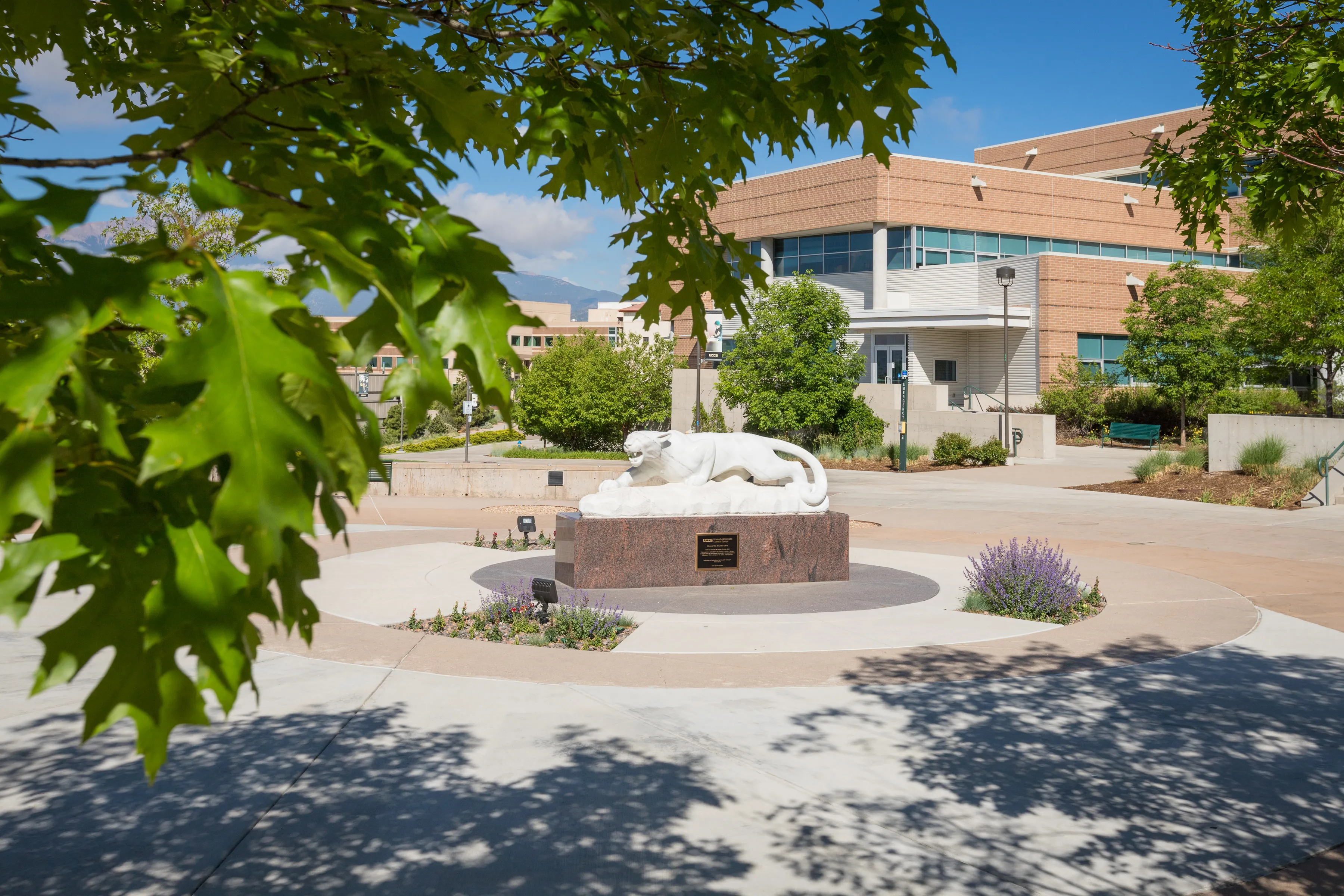
Personal Protective Equipment
PPE Guidelines and Requirements at UCCS
Personal Protective Equipment (PPE) includes all clothing and work accessories designed to protect employees from workplace hazards. Protective equipment should not replace engineering, administrative, or procedural controls for safety - it should be used in conjunction with these controls. Employees must wear protective equipment as required and when instructed by a supervisor or faculty member.
IMPORTANT: Personal protective equipment is used to prevent exposure or contamination. PPE should always be removed before coming in contact with other individuals or before going in or near elevators, break rooms, classrooms, bathrooms, etc.
UCCS has developed task specific PPE requirements that apply regardless of the space you are in while performing these tasks. In addition, UCCS has established minimum PPE requirements for laboratory type spaces (including chemistry, biology, engineering, physics, health sciences, nursing, clinical and fine arts).
The hierarchy is that you review Task Specific requirements first, if there are no task specific requirements for the activity you are doing, then you would utilized the General Minimum PPE Requirements.
UCCS Task Specific PPE Requirements
General Minimum PPE Requirements
Principal Investigators (PIs) or laboratory supervisors are required to assess the hazards based on the procedures performed in the laboratory and the controls in use. The PI or laboratory supervisor should determine if additional PPE or specific PPE beyond the minimum is required. Required PPE should be detailed as a laboratory-wide requirement (e.g., lab coats) or in Standard Operating Procedures for specific laboratory procedure(s). If you need assistance in identifying the PPE requirements for a particular task or location, please contact Cindy Norton
Personal Protective Equipment
General Apparel and Appearance
Inadequate Clothing
In the laboratory, do not wear open-toed shoes, sandals, shorts, cropped tops, or any other apparel that leaves skin exposed and unprotected. All loose clothing should be confined to avoid easily catching fire, dipping into chemicals, or becoming entangled in moving machinery.
Jewelry
Remove jewelry to prevent chemicals from collecting underneath, contacting electrical sources, catching on laboratory equipment, and/or damaging the jewelry itself.
Hair
Long hair should be tied back or confined to avoid easily catching fire, dipping into chemicals, or becoming entangled in moving machinery.
PPE for some types of hazards are shown in the following table.
| HAZARDS | PERSONAL PROTECTIVE EQUIPMENT |
|---|---|
| Biohazards (Germs) | Splash goggles, respirators, gloves, surgical masks, lab coats, aprons, sleeves, shoe covers, head covers |
| Chemicals | Gloves, chemical-resistant clothing, aprons, sleeves and shoe covers, vapor-proof or splash goggles, respirators |
| Cuts/Abrasions | Cut-resistant gloves (leather, Kevlar, chain-mail) |
| Dust | Dust goggles, respirators |
| Falling Objects | Hard hats, steel-toe shoes, metatarsal guards |
| Falls | Fall harness, strap-on hard hat |
| Flying Particles | Safety glasses w/ side shields, goggles, face shields |
| Hot Environments | Cooling vests, reflective suits |
| Hot or Cold Objects | Gloves (Note: Asbestos gloves are prohibited and must be turned in as hazardous waste.) |
| Intense Light | Opaque glasses, goggles, welding hoods |
| Kneeling | Knee pads |
| Low Overhead Objects | Bump cap, hard hat |
| Noise | Hearing protection |
| Radiation | Lead apron, lead gloves, thyroid collar, lead glasses for X-ray, lab coats/gloves for radioactive materials |
| Slipping | Non-skid shoes |
| Splashes | Splash goggles, face shields, chemical-resistant clothing, gloves, aprons, sleeves and shoe covers |
| Traffic | Reflective vest |
